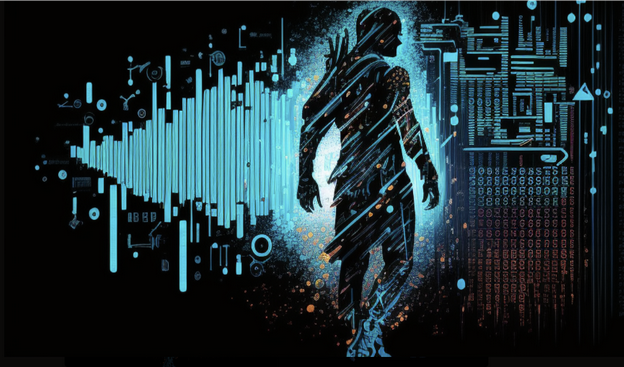Data-Driven Trends in Gaming Industry: A Short Guide for Game Developers and Data Analysts
The world of gaming is evolving at lightning speed, and if you’re a game developer or data analyst, you need to be on top of your game to stay ahead of the competitors. With over 3 billion gamers globally, the potential for creating unforgettable gaming experiences that keep players coming back for more is immense.
And with so many players to reach, it’s no surprise that data has become the driving force behind the industry’s success. From the rise of mobile gaming to the growing importance of live streaming and esports, data is the key to unlocking new and exciting opportunities in the world of gaming.
So buckle up, grab your controllers, and get ready to dive into the five data-driven trends that are shaping the future of gaming as we know it. Whether you’re a seasoned pro or a newcomer to the scene, these trends will leave you feeling fired up and ready to conquer the gaming world.
The rise of mobile gaming
Mobile gaming has taken the world by storm and has become one of the most popular ways to play games. In 2019, mobile gaming generated more than $68.5 billion in revenue, and this number is expected to 4X in 2023. The trend is driven by the increasing number of smartphone users and the convenience of playing games on mobile devices.
Game developers already focus on creating mobile-friendly games that provide a smooth and engaging experience for players. But that’s not enough in 2023. In fact, we expect the mobile experience to be better than a desktop one by all means. That implies incorporating VR/AR/XR experience to finally drift to a mobile metaverse. Why? Simply because gaming today is also about socialization and building a friendly community at your own pace.
Live streaming and esports for all
Live streaming and esports have become increasingly popular in recent years, and this trend is expected to continue. Live streaming allows players to share their gaming experiences with others, and esports allows players to compete against each other in organized tournaments. Even better, watching others playing becomes a thing ready to compete with your favorite Netflix series.
That being said, game developers face a tricky task: not only the game itself should resonate with the players, but also seamlessly transfer them to different realities. And these realities should be smooth and free of glitches on the user side regardless of a headset or streaming platform they prefer.
Now add to it schemaless development enforced by data science, spice it up with data plumbing being unsustainable plus separate storage and computing – a ton of work to be done! But isn’t that exciting once realized?
NFT, GameFi, and more
The metaverse is around te corner. Or a VR headset away from the players. And they need plenty of tools to interact with each other and exchange experiences such as unique NFTs. While all these concepts are hot and still under development, mobile developers surge to try them out to win over the potential users.
And as we dive deeper into parallel realities, an idea to earn a buck virtually pops up quite naturally. Here is where GameFi enters the game to enable P2E and open up new capitalization opportunities for dedicated players. Yet, GameFi model still needs improvements, so that data analysts map its trajectory and help making smart investment decisions for its further development.
What’s in your cloud?
Cloud gaming is becoming increasingly popular as a way for players to access games without needing high-end hardware. This trend is driven by the increasing number of players who prefer to play games on devices other than traditional gaming consoles, such as smartphones, tablets, and laptops.
While cloud gaming isn’t new, edge computing and 5G networks are ready to bring it to a new level with low latency and high speeds. Game developers readily incorporate this duo to create brand-new cloud gaming user experiences. And new experiences inevitably result in altering player preferences, where data analysts can deliver a ton of insights for further improvements.
LiveOps are surging
LiveOps make post-release updates way easier for game developers. And that is a huge step that users benefit almost immediately as LiveOps goes beyond simple patches and offers continuous content delivery game maintenance.
Even better, you can create new opportunities for players on the go, boost their engagement and monetization without actually rolling out a new release (oh, yee a huge relief!).
Final thoughts
The gaming industry is growing rapidly and is becoming increasingly data-driven. Game developers and data analysts work together to accelerate its progress. Staying ahead of the curve in a fast-pacing environment is a bit easier when following these five trends and leveraging data-driven insights to create better gaming experiences for players.
